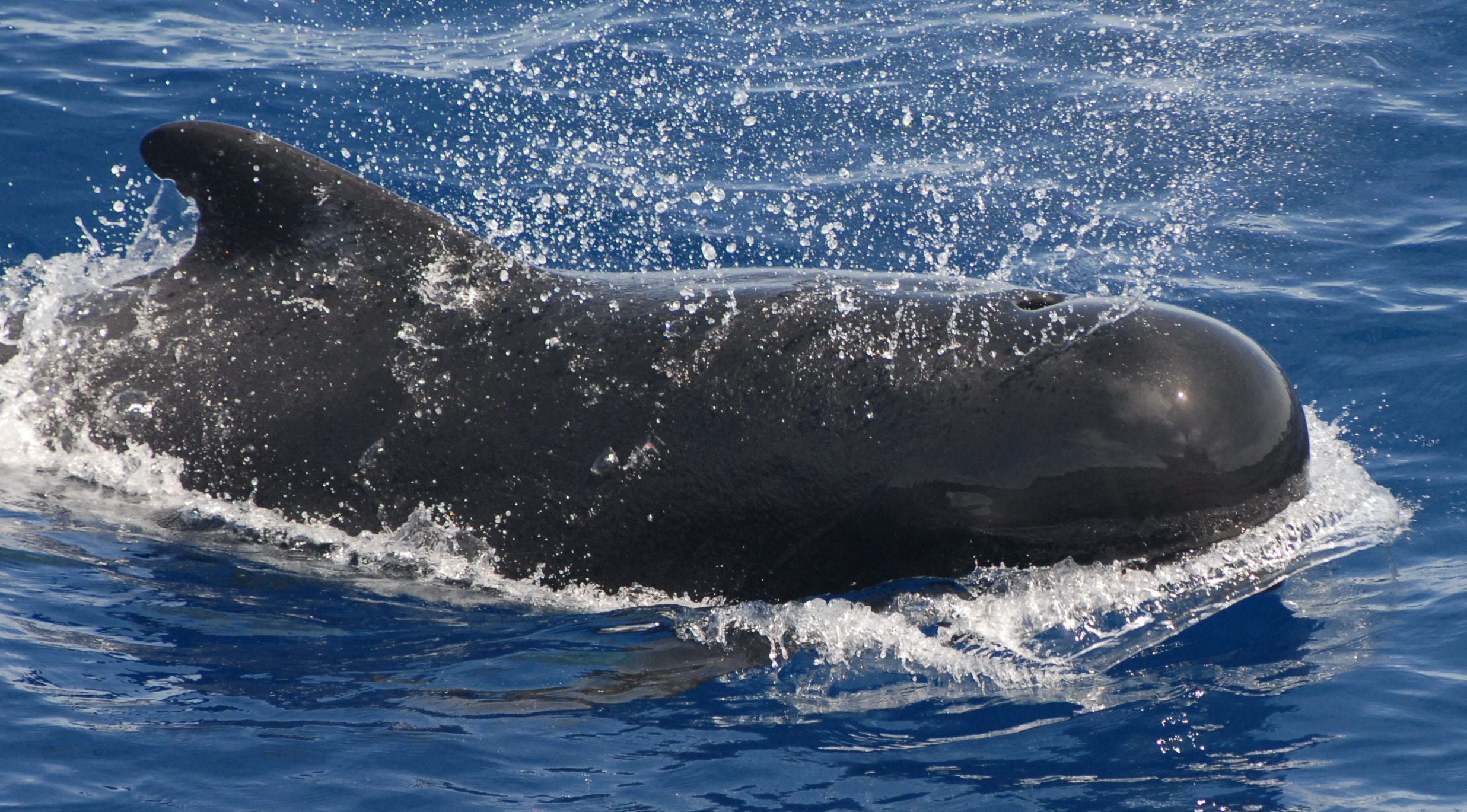The ‘Silent Poison’ That Might Stop This Massive Annual Whale Slaughter
It’s been a tradition in the Faroe Islands for over a millennium.

Every summer, when a big group of whales—several dozen, perhaps—are spotted off the coast of the Faroe Islands, an autonomous country within Denmark, residents sound the alarm: it’s time to begin what’s known as the Grind, in which dozens of whales are driven into shallow harbors and slaughtered.
The practice dates back centuries, but has grown controversial in recent years, as mass whaling has been severely curtailed across the world. The Faroese, however, have continued unbidden, claiming that it’s an important part of their culture and past. And while years of activism haven’t done much more than put a dent in the annual culling, an increasingly prevalent threat might: health concerns, primarily over mercury and other chemicals found in the whales, which in turn can cause a raft of problems for eaters, like Parkinson’s disease and neural damage in children.
The “silent pollution of the oceans will one day end up on the dinner table in some communities, and our children are paying the price,” Pal Weihe, a doctor in the Faroese Hospital System, recently told Deustche Welle.

The government, for their part, have yet to act on any whaling ban, instead adopting recommendations that say that islanders should just eat whale less. But even those recommendations hint at the severity of the problem, with the government advising residents that they can only safely eat whale once a month.
High levels of mercury in seafood have been a known issue for decades, owing, scientists say, to humans’ pollution of ocean waters. But mercury levels are much higher in larger, longer-living animals—like pilot whales, which can weigh up to two-and-a-half tons and live as long as 60 years.
The so-called ‘silent poison’ hasn’t been good news for a Faroe Islands tradition that has been documented for over five centuries, though likely has gone on for hundreds of years more. In the hunt, islanders drive pilot whales into shallower waters where others slaughter them with knives, creating a bloody spectacle that this year began in July with the killing of dozens of whales.
The practice itself isn’t usually undertaken by professional fisherman but rather islanders with day jobs, as the Faroese wait in the summer for whales to approach the shore then, quickly, put out a call for boaters hit the seas and steer the whales shoreward.
After the whales are dead, their corpses are distributed to residents, who are responsible for butchering the whales themselves.
“That’s a skill that people are expected to have—the ability to cut up an animal into meat,” Russell Fielding, an academic who studies the killings, told National Geographic in 2014. “It usually takes an hour or two for all the animals to get butchered.”
Since the 1980s the vigilante group Sea Shepherd, whose boats are now banned from Faroe Islands waters, has been trying to stop the killings, clashing frequently with the Faroese government. (Fourteen of Sea Shepherd’s volunteers were arrested in 2014.)
But their activism, and the outcry of others, hasn’t done much to slow the killings, or convince many islanders.
“It’s good food,” one islander told Deustche Welle. “It’s not our fault that one has to be careful about what one eats.”

















Follow us on Twitter to get the latest on the world's hidden wonders.
Like us on Facebook to get the latest on the world's hidden wonders.
Follow us on Twitter Like us on Facebook